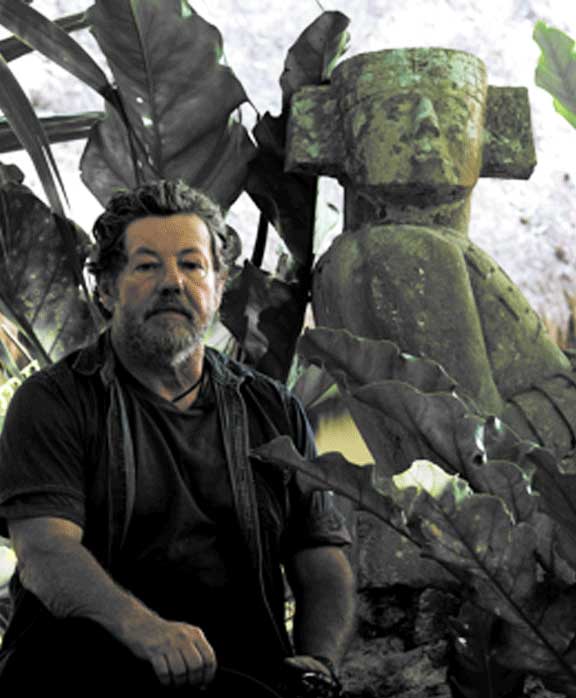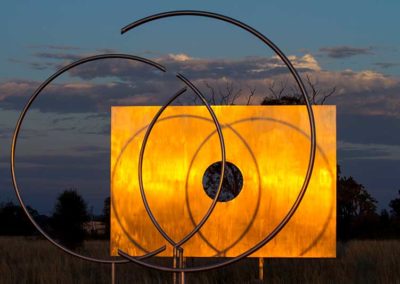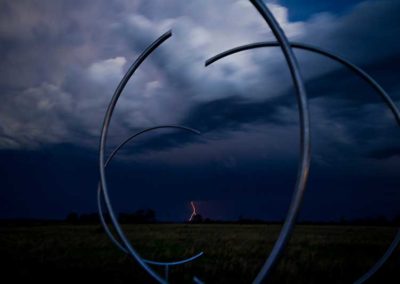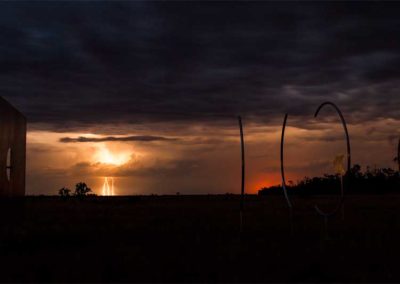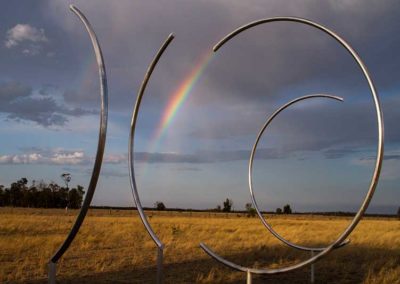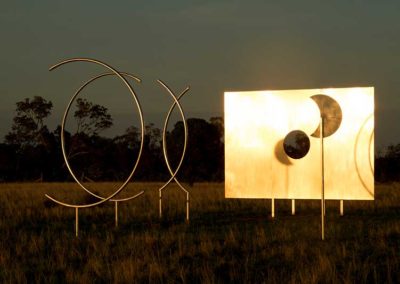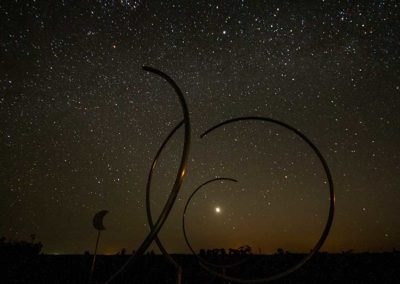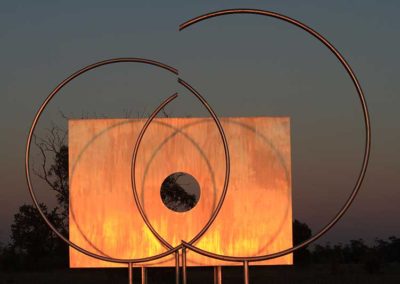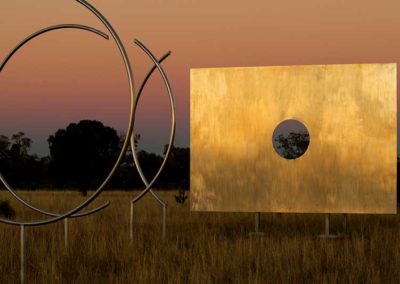
Projects
See my recent projects below by clicking on the headings
Decoding the Lost World of the Maya
Scent of a Lion
Peace of Metal
Provoke Challenge Inspire
Short Films
The W-Word
A short drama
The Art
Skyharp Project
Resonance project
Proposed Auditorium design concepts
Photography
What secrets lie within an Ancient Temple?
Mysterious and intelligently designed, the Temple of Kukulkan in Mexico is one of the New Seven Wonders of the World. A remnant of the lost world of the Maya, it holds a codified secret from the past revealed here for the first time in almost 2000 years. A message for us all at this pivotal point in human history. That secret is recorded with logical and detailed analysis in a book, Decoding the Lost World of the Maya.
Using intuition combined with meticulous mathematical and historical analysis, Australian author and visual artist Lindsay McAuley, believes he has deciphered how the designers of the Temple of Kukulkan accurately integrated several cycles from the Maya calendar within its architecture. But did they build this temple alone? He believes this research stands as the most credible new evidence of foreign contact with Pre-Columbian America yet documented.
Scientific evidence suggests we are physiologically and psychologically designed to care for each other’s wellbeing.
This project is about promoting the serotonin chemical and spreading it around the world like a pandemic, the vehicle, a houseboat in Guatemala. Primarily, it serves two purposes. As well as increasing consciousness of the benefits this chemical, this tourism-based project is a fundraising mechanism for disadvantaged women with children of Maya ancestry. The name of the houseboat is Serotonin.
The human body
The human body is a remarkable instrument.
Medical science is continually making new discoveries. There is research evidence on brain chemicals at work in the human body which scientists have dubbed the ‘happiness chemical’.
A chemical process is at work in the brain that most of us are unaware of. Our brains are physiologically designed to release chemicals into our body that make us feel good. Happiness is influenced by neurotransmitters released by nerve fibres.
Our body produces hundreds of neurochemicals, of which only a small fraction have been identified. There is one that relates to the feeling of mental satisfaction and wellbeing, the chemical released that makes us feel good when we do something perceived to be beneficial for someone else. Its serotonin. This neurotransmitter circulates in the blood throughout the central nervous system.
Essentially, it is a scientific fact we are intrinsically designed to help our fellow human beings because, chemically, it makes us feel good. Empathy, compassion, and all those other nice words are really about ourselves in a sense. If we want to feel better about ourselves, we should try to help someone else. Forget the social conditioning.
Promoting the serotonin chemical
It serves two purposes
This project is about promoting the serotonin chemical and spreading it around the world like a pandemic, the vehicle, a houseboat in Guatemala. Primarily, it serves two purposes. As well as increasing consciousness of the benefits this chemical, this tourism-based project is a fundraising mechanism for disadvantaged women with children of Maya ancestry. The name of the houseboat is Serotonin. The Serotonin Project also serves to highlight the fact the Maya are still a vibrant community who need the support of the world community. As American actor, John Travolta once said during a televised news story, upon landing in New Orleans after Hurricane Katrina devastated the region in 2005, “If we have the means, then we have the obligation.”
This project is evolving from the kernel of an idea. At present it is just an altruistic vision. The design reflects the traditional Mayan thatched roof house. It is planned to locate the houseboat on a lake in Flores, Guatemala. Essentially, it is a rustic design with modern conveniences of suitable quality fitted out to a standard appealing to international tourists.
Lessons learnt
What have we learned from this?
Eventually, the Covid 19 virus may leave our lives and the world will return to some sort of new normality. Then, what have we learned from this. Having built a complex civilisation such as ours, chewing at earth’s resources like a hungry lion, we may be forced into a readjustment of values more quickly than anticipated. We are at a moment of imposed introspection, a chance to examine our worldview and values. Perhaps we are in social transition, from ‘dog eat dog’ to ‘dogs share bones’. As we watch from behind our curtains the events unfolding and changing rapidly before our eyes, we would do well to remember the experience of the Maya.
It is believed the Maya civilisation stopped abruptly and yet, the people survived and continue to this day. Ours may be facing the same sudden decline with a potential fall from the material mountain we have built so voraciously. They have already been through this. They have experienced it. The fall is built into their collective memory and yet, they are not extinct. The Mayan civilisation, renown as gifted mathematicians, astronomers and artists may not be over, it just went a little quiet for a while. These people still breath the air of their ancestors. Within the blood of their veins, ancient wisdom still flows.
Changes for the better
The Mayan descendants of the one of the greatest civilisations who have ever walked the earth are presently forced to walk the earth toward the US border.
That is so wrong. There are approximately 7 million living in Guatemala who are in a perilous situation. Because of violence, political corruption and poverty, many are forced to leave their homeland.
The earth is ripe for a fundamental change in social values and its obvious our leaders need some advice and assistance. Who better to call on at this pivotal junction in human history. We need the wisdom of the Maya now more than ever and perhaps it is they who will help humanity survive this and continue as a species.
Maya community
Let us see if the Serotonin Project becomes contagious.
Over time, it is hoped this concept will attract the right people who are experienced at administration where funds are directed ethically and legally. Once established, the project should be handed over to the local Maya community for them to operate autonomously.
It is estimated it may take at least a year or more for this project to have the foundation laid in terms of administrative structure and local approval. By then, it is hoped the Covid 19 virus will be a thing of the past. If you are interested in this worthwhile endeavour and have some related experience in this field of setting up an operation such as this or, feel this idea has value, please contact me. Email. [email protected]
Let us see if the Serotonin Project becomes contagious.
Regards
Lindsay McAuley
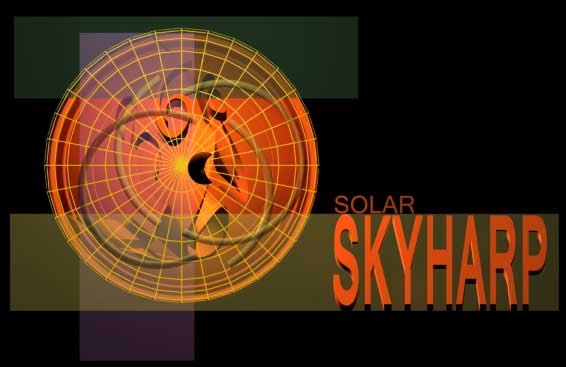
A modern version of an ancient archaeological site.
I produced this sculptural artwork in 2015 as part of my attempt to revitalise an understanding of the benefits of creating a built environment which links the cosmos to the landscape.
This art concept seeks to revitalise in the wider community the importance of this early science and cosmological thought. The Solar Skyharp sculptural artwork harnesses existing concepts of archeoastronomy in design orientation as well as integrating new research using a synergy of mathematics and geometry. Its orientation and design aligns with astronomical movements such as the equinox and solstice as well as physical planetary ratios.
I believe it was the process of creating this work which in some way facilitated my sensibility toward deciphering the Maya calendar time cycles within the Temple of Kukulkan in Mexico. So, in a sense, this work led to writing the book, Decoding the Lost World of the Maya.
This sound recording was produced by placing a microphone inside the Skyharp circles.
Aeolian harps, named after the Greek god of Wind, Aeolus, first appeared in the ancient Grecian culture circa 6 BC.
Standard Edition
Black & White
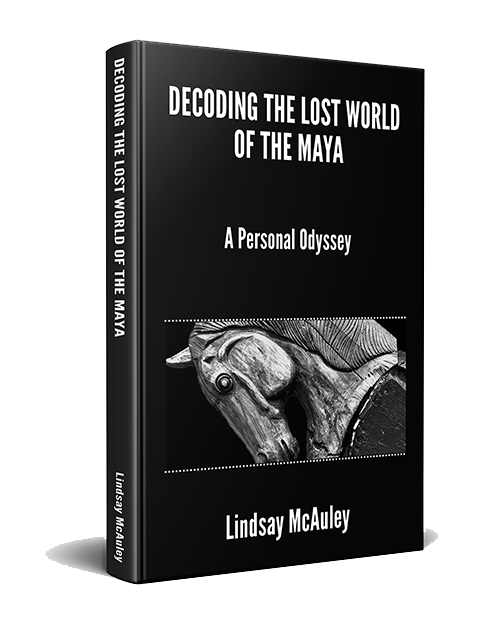
Black & white, paperback.
Same great content. Paperback edition available at an affordable price through numerous on-line retail outlets throughout the world.
eBook
Now Available
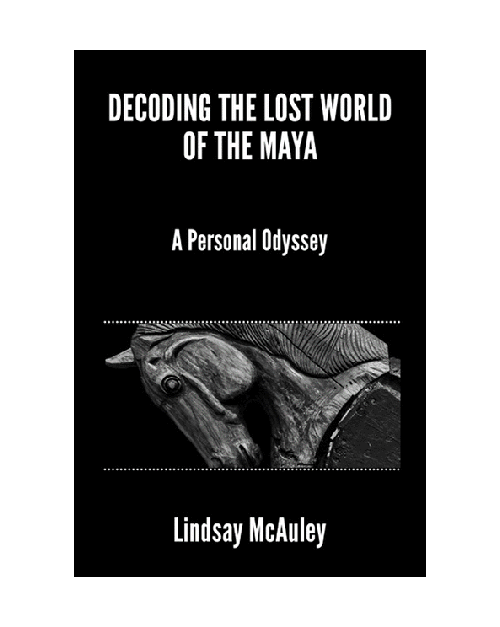
Same great content. eBook available at an affordable price through various on-line
outlets throughout Australia and the world.
Limited Edition
Colour & Hardcover
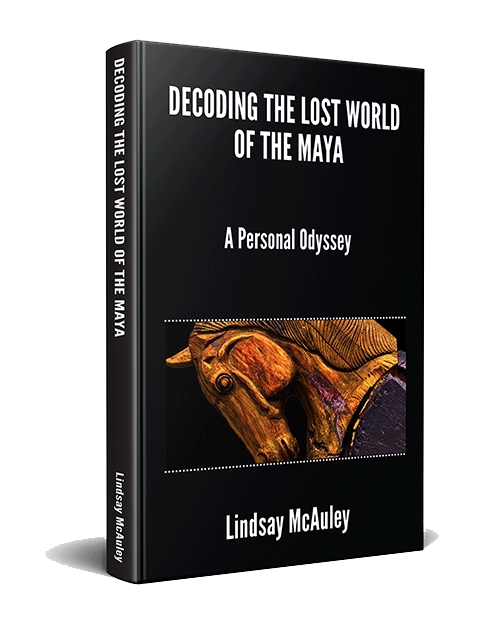
This limited edition is rapidly becoming a collector’s item. Personally signed by the author delivered anywhere in the World. Printed in Australia.
Paperback & eBook
Now Available

Scent of a Lion
UNDER 1 MILLION COPIES SOLD IN THE FIRST FOUR WEEKS.
Australian writer, Calum Wilkins, meets and falls in love with Halla, a Korean shaman, who he suspects may be a fallen Goddess.
But is she? Does Halla have mental health issues or, is she straddling a parallel universe, a celestial being one moment, trapped in a mortal body the next?
Halla spikes his drink with a powerful love potion. Through altered states of consciousness, they experience the transformative power of passion and love.
Alone in a foreign land, Calum experiences culture shock on a personal level as well as on a galactic scale as he battles illusion, deception, seduction and mystery.
Two lost and lonely souls find connection and purpose. However, having found love, can they keep it?

